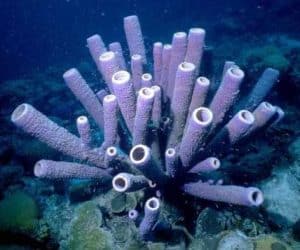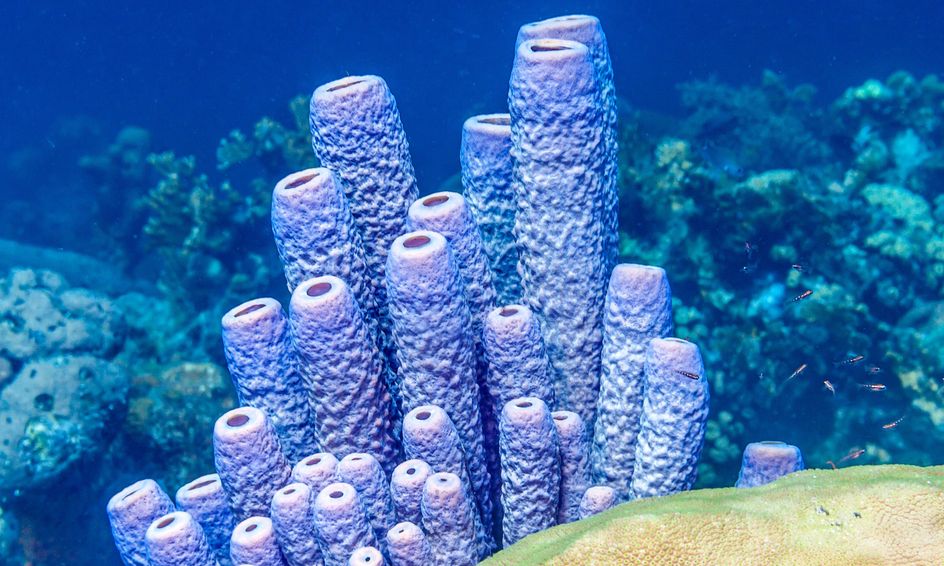


These animals use wetlands for part of or all of their life-cycle.

Wetlands can be thought of as "biological supermarkets." They provide great volumes of food that attract many animal species. This is why wetlands in Texas, North Carolina and Alaska differ from one another. The complex, dynamic relationships among the organisms inhabiting the wetland environment are called food webs. Climate, landscape shape (topology), geology and the movement and abundance of water help to determine the plants and animals that inhabit each wetland. An immense variety of species of microbes, plants, insects, amphibians, reptiles, birds, fish and mammals can be part of a wetland ecosystem. Wetlands are among the most productive ecosystems in the world, comparable to rain forests and coral reefs. See the Wetland Factsheet Series for more information about wetlands. These valuable functions are the result of the unique natural characteristics of wetlands. Some of these services, or functions, include protecting and improving water quality, providing fish and wildlife habitats, storing floodwaters and maintaining surface water flow during dry periods. Wetlands are important features in the landscape that provide numerous beneficial services for people and for fish and wildlife.


 0 kommentar(er)
0 kommentar(er)
